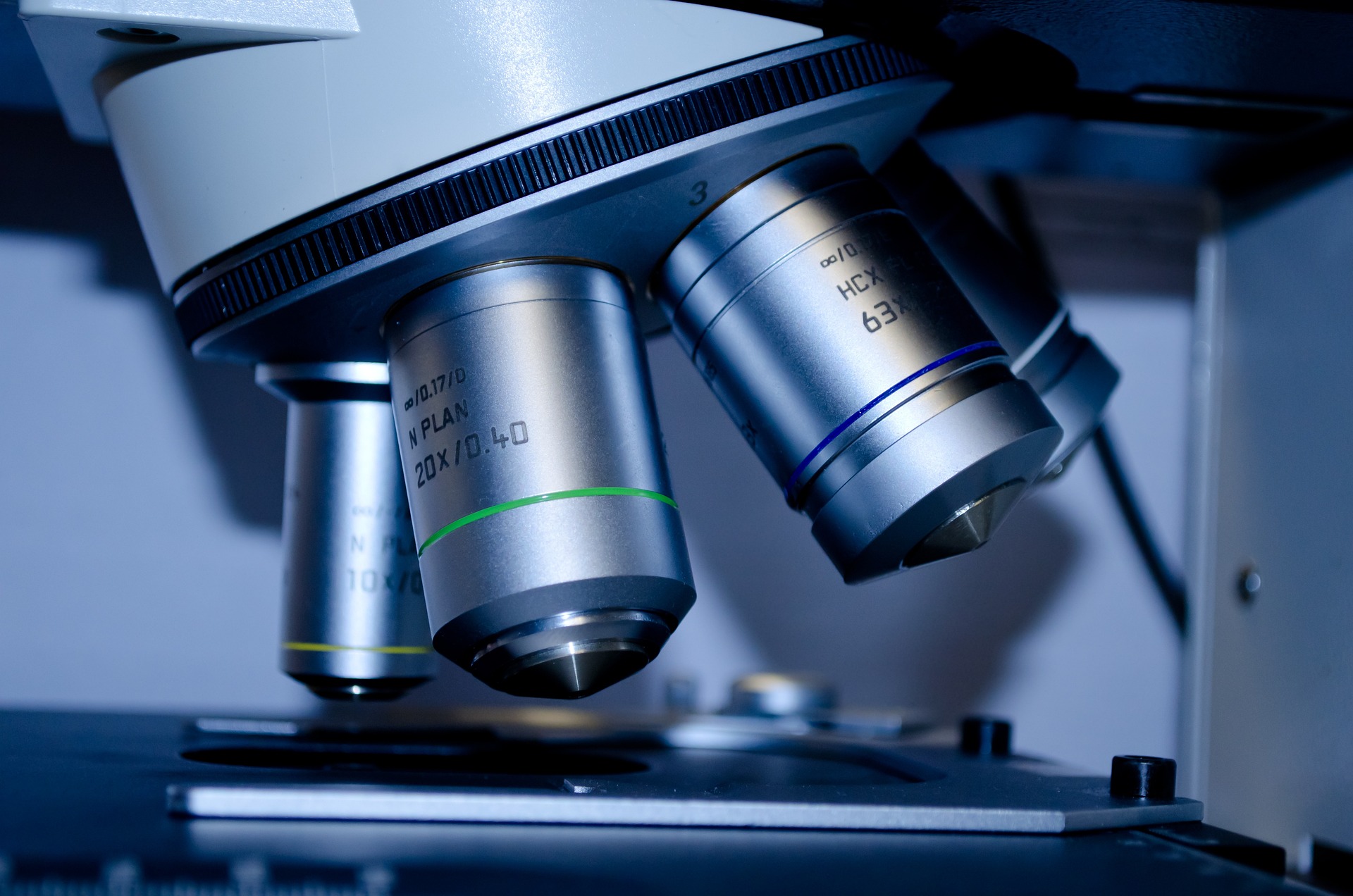
(Image by PublicDomainPictures from Pixabay)
Regenerative medicine is a rapidly growing field of science and medicine that is focused on developing new ways to repair or replace damaged or diseased tissues and organs. This field has the potential to revolutionize healthcare by providing new treatments for a wide range of conditions, including heart disease, stroke, cancer, diabetes, and spinal cord injury.
There are many different approaches to regenerative medicine, but they all share a common goal: to stimulate the body’s own natural healing mechanisms.
One approach involves using stem cells, which are undifferentiated cells that can self-renew and differentiate into any type of cell in the body. Stem cells can be harvested from a variety of sources, including bone marrow, peripheral blood, umbilical cord blood, and fat tissue and amniotic membrane amongst other sources. They can then be used to repair damaged tissues or organs, or to create new organs from scratch.
Another approach to regenerative medicine involves using tissue engineering. Tissue engineering is the process of creating new tissues or organs in the laboratory using a combination of cells, biomaterials, and growth factors. This approach has been used to create skin grafts, heart valves, and bladders. Regenerative medicine is still a relatively new field, but it has the potential to make a major impact on healthcare.
With continued research, regenerative medicine therapies can in a few years become standard treatments for a wide range of conditions. Examples of some of the most promising areas of research in regenerative medicine are:
Heart disease: Regenerative medicine therapies could be used to repair damaged heart tissue after a heart attack or stroke.
Stroke: Regenerative medicine therapies could be used to restore function to damaged brain tissue after a stroke.
Cancer: Regenerative medicine therapies could be used to repair damaged tissue after cancer treatment.
Diabetes: Regenerative medicine therapies could be used to create new insulin-producing cells for people with type 1 diabetes.
Spinal cord injury: Regenerative medicine therapies could be used to repair damaged spinal cord tissue.
These are just a few of the many areas where regenerative medicine has the potential to make a difference. As research and regulatory approval in this field continues, we can expect to see even more exciting advances in the years to come. The cost of these treatments will need to be met by the individual as governments are not yet sure how to fund these treatments.

